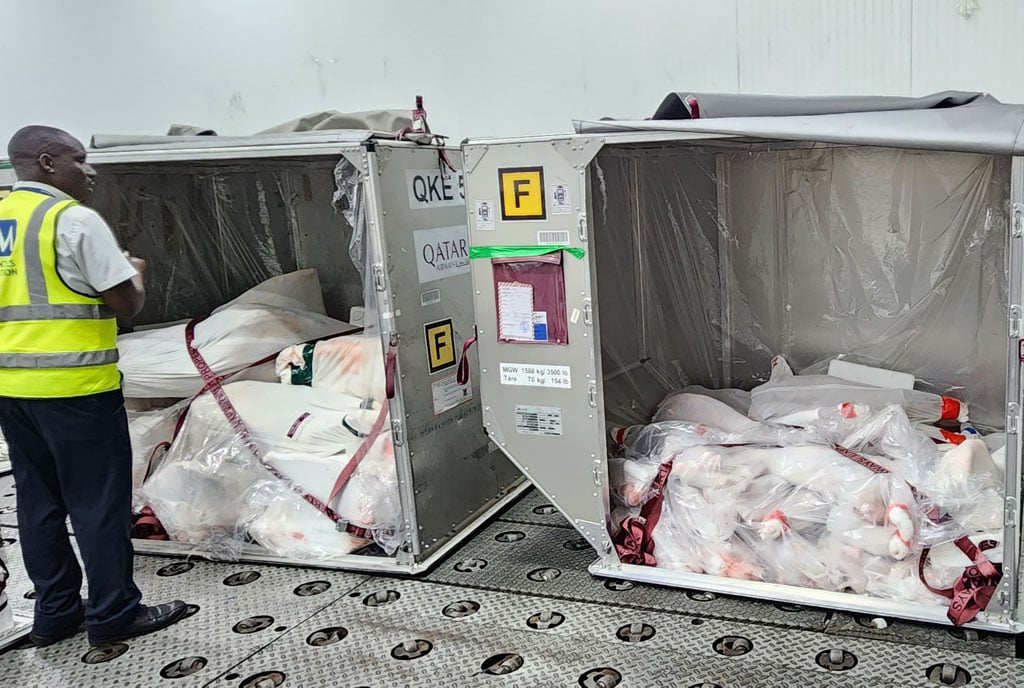Prime
Projected power deficit threatens economy

A pre-paid meter in a house. Dubbed Yaka, the billing system requires consumers to pay for electricity before using it. FILE PHOTO
What you need to know:
Industrialists say current electricity supply cannot support business.
In 1995, a few years after the economy had been liberalised, the government interested private players in the power sector to build on the sole generation capacity of the then Owen Falls Dam and boost aptitude of the then Uganda Electricity Board (UEB).
The economy was picking up pace from the spoils of ensuing wars and industrialisation was in the take-off stage.
The drive although hailed at the time, was kept on paper until the enactment of the 1999 Electricity Act when private sector inclusion was provided.
The government then hired a US consultant, Kennedy and Donkin, to draw a hydro-power master plan; which studied several hydro power sites along River Nile—namely Ayago 1 and 2, Kamdini, Bujagali and Karuma, among others.
The plan, a copy of which has been seen by this newspaper, recommended that the government should first embark on Bujagali because it was affordable and feasible.
What followed were back and forth verbal skirmishes over the construction of the hydro-power dam.
The 250MW dam was finally commissioned in 2012.
Works on the other projects like Karuma and Ayago, which according to government are both 600MW, are yet to start but there are projections that they should be on board by 2018.
Energy official’s view
Ministry of Energy officials insist the projects will sustain the country’s growing industrialisation.
That said, Umeme, the sole electricity distributor, following a Parliamentary recommendation to cancel its contract for incompetence.
Umeme, on the other hand, blames the power transmitter, Uganda Electricity Transmission Company Limited (UETCL) and the insufficient generation from Eskom.
Demand
Statistics from the industry regulator, Electricity Regulatory Authority indicate electricity demand increases by 50 per cent per annum.
Current local demand stands at 500MW and total generation is 850MW.
However, actual generation stands at 535MW at peak hours; 400MW at shoulder and 350MW at off peak.
Industrialists have re-echoed concerns that current electricity supply cannot support business and that tough times lie ahead if government does not develop an immediate plan.
So, what next as the country waits for the Karuma and Ayago power projects?
State minister for Energy Simon D’Ujanga told Prosper magazine that government plans to revamp old lines and double the length of the current power grid as listed projects get underway.
In giving context to this plan, the Uganda Electricity Transmissions Company Limited’s head of communications, Kenneth Otim, in an e-mail exchange noted that works on the plan are already ongoing.
“The company has managed to rehabilitate the transmission lines (Mutundwe-Kabulasoke 132 Kilo Volt restringing), refurbished and expanded substations (17 sub-stations) as well as increased transformer capacity (all of them increasing the capacity from 10/15MVA to 30/40MVA),” he said. “This is to improve on the quality and reliability of power supply.”
He added that, as the transmitter, they have also installed optic fibre cables on most of the transmission networks to improve the communications system.
Plans
Before 2018, Mr Otim says they plan to double the transmission grid from 1,626 kilometres and are also in the process of implementing several power transmission lines which shall carry power from upcoming hydro power projects.
“We also have a Corporate Business Plan-2014/2018 in which we will cooperate with all existing and new Independent Power Producers (IPPs) to meet the growing demand for electricity and support programmes for increasing electricity coverage in the country.”
Umeme, in its 20-year concession with government, agreed to refurbish the network but the process has been punctured by disagreements.
But Umeme’s communications outage and information manager, David Birungi, allayed fears of the delayed generation and the increased power theft.
“Government plans to have over 2,000MW by 2025. Our biggest fear is delay in planned generation coming on line. We have reached concerning levels that mean demand will outstrip supply,” he said.
But the head of corporate affairs at Eskom, Simon Kasyate, said, notwithstanding that two [out of 10] units/turbines at Nalubaale [constructed in the 1960’s] generation depends on water levels in Lake Victoria.
“At peak, we generally generate between 225MW to 250MW depending on demand from UETCL.
At off peak, we generate around 150MWs as per the demands,” Mr Kasyate maintained.
“Over the last few months, the water permit was varied upwards and we generated slightly more to support system stability when other generators had difficulties but that temporary variation in water usage expired at the end of March and we are now back to our normal water usage restrictions.”
Contribution
The contribution of the two broken units to the national grid was about 58MWs. This equates to about 508Giga Watt/per hour of electricity onto the national grid per year capable of powering more than 100,000 homes in Uganda at the current consumption per household.




